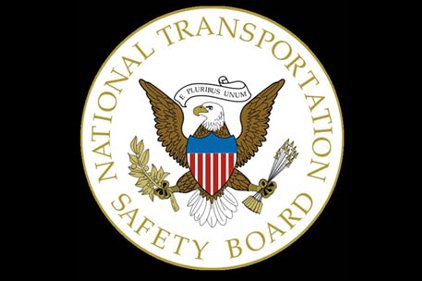Poor maintenance, mechanic fatigue led to fatal helicopter crash

 A 2011 Nevada helicopter crash that killed the pilot and his five sightseeing passengers was caused by poor maintenance, according to an investigation by the National Transportation Safety Board (NTSB). Also contributing to the accident: degraded material, improper installation, and inadequate inspections.
A 2011 Nevada helicopter crash that killed the pilot and his five sightseeing passengers was caused by poor maintenance, according to an investigation by the National Transportation Safety Board (NTSB). Also contributing to the accident: degraded material, improper installation, and inadequate inspections.
“This investigation is a potent reminder that what happens in the maintenance hangar is just as important for safety as what happens in the air,” said NTSB Chairman Deborah A. P. Hersman.
2,500 feet per minute
At about 4:30 p.m. Pacific standard time, a Sundance Helicopters Eurocopter AS350, operating as a “Twilight City Tour” sightseeing trip, crashed in mountainous terrain about 14 miles east of Las Vegas, Nev. The helicopter originated from Las Vegas McCarran International Airport at about 4:21 p.m. with a planned route to the Hoover Dam area and then return to the airport. The accident occurred after a critical flight control unit separated from another, rendering the helicopter uncontrollable. After the part separated, the helicopter climbed about 600 feet, turned about 90 degrees to the left, descended about 800 feet, began a left turn, and then descended at a rate of at least 2,500 feet per minute to impact. The pilot and four passengers were killed and the helicopter was destroyed.
The NTSB found that the crash was the result of Sundance Helicopters’ improper reuse of a degraded self-locking nut in the servo control input rod and the improper or non-use of a split pin to secure the degraded nut, in addition to an inadequate post-maintenance inspection.
Fatigue on part of mechanic and inspector
Contributing to the improper (or lack of) split pin installation was the mechanic’s fatigue and lack of clearly delineated steps to follow on a “work card” or “checklist” The inspector’s fatigue and lack of a work card or checklist clearly laying out the inspection steps to follow contributed to an inadequate post-maintenance inspection. As a result of this investigation the NTSB made, reiterated and reclassified recommendations to the Federal Aviation Administration.
“One of the critical lines of defense to help prevent tragedies like this crash is improved maintenance documentation through clear work cards, or checklists,” Hersman said. “Checklists are not rocket science, but they can have astronomical benefits.”
A synopsis of the NTSB report, including the probable cause, findings, and a complete list of the safety recommendations, is available at www.ntsb.gov/news/events/2013/las_vegas_nv/index.html. The full report will be available on the website in several weeks.
Looking for a reprint of this article?
From high-res PDFs to custom plaques, order your copy today!





